Forget the Recipes: The Real Secrets to Mastering French Soup
My real education in French soup didn’t come from a book. It started in a tiny, steam-filled kitchen in Lyon, where a seasoned chef handed me a heavy knife and what felt like a mountain of onions. His first lesson? “Forget everything else. If you can’t make a good stock, you can’t cook.” That one sentence has stuck with me for my entire career.
In this article
- The Unseen Foundation: It All Starts with the Stock
- Soupe à l’Oignon Gratinée: An Exercise in Patience
- Bouillabaisse: The Taste of the Mediterranean
- Vichyssoise: Elegance from Humble Beginnings
- Soupe au Pistou: A Burst of Provençal Sunshine
- Troubleshooting a Bad Soup Day
- A Final Word on Tools and Safety
- Galerie d’inspiration
In France, soup isn’t just an appetizer; it’s the heart of the cuisine. It can be a simple, nourishing meal in a farmhouse or an elegant, refined start to a high-end dinner. So many people get intimidated by French cooking, thinking it’s all overly complicated. And sure, some of it can be. But the real soul of it lies in doing simple things incredibly well, and that’s especially true for soup. It’s all about patiently building layers of flavor.
My goal here isn’t just to dump a list of recipes on you. It’s to pull back the curtain on the techniques I learned in professional kitchens. I want to show you how to think like a chef and build an amazing soup from the ground up.

The Unseen Foundation: It All Starts with the Stock
Before we even think about chopping a single onion for a soup, we have to talk about stock—or fond, as it’s called in a French kitchen. This is, without a doubt, the most important part. A soup made with water will always taste a little hollow. But one made with a well-crafted stock? It has depth, body, and a satisfying richness that coats your tongue.
Seriously, in pro kitchens, the massive stockpots are always simmering. They are the heartbeat of the entire operation.
White vs. Brown Stock: What’s the Difference?
You really only need to know about two main types to get started. A white stock (fond blanc) is the lighter of the two. It’s made from raw bones (like a leftover chicken carcass) and uncooked vegetables. Because nothing is browned, it stays pale in color with a delicate flavor, making it perfect for chicken soups, creamy veloutés, and light fish dishes.
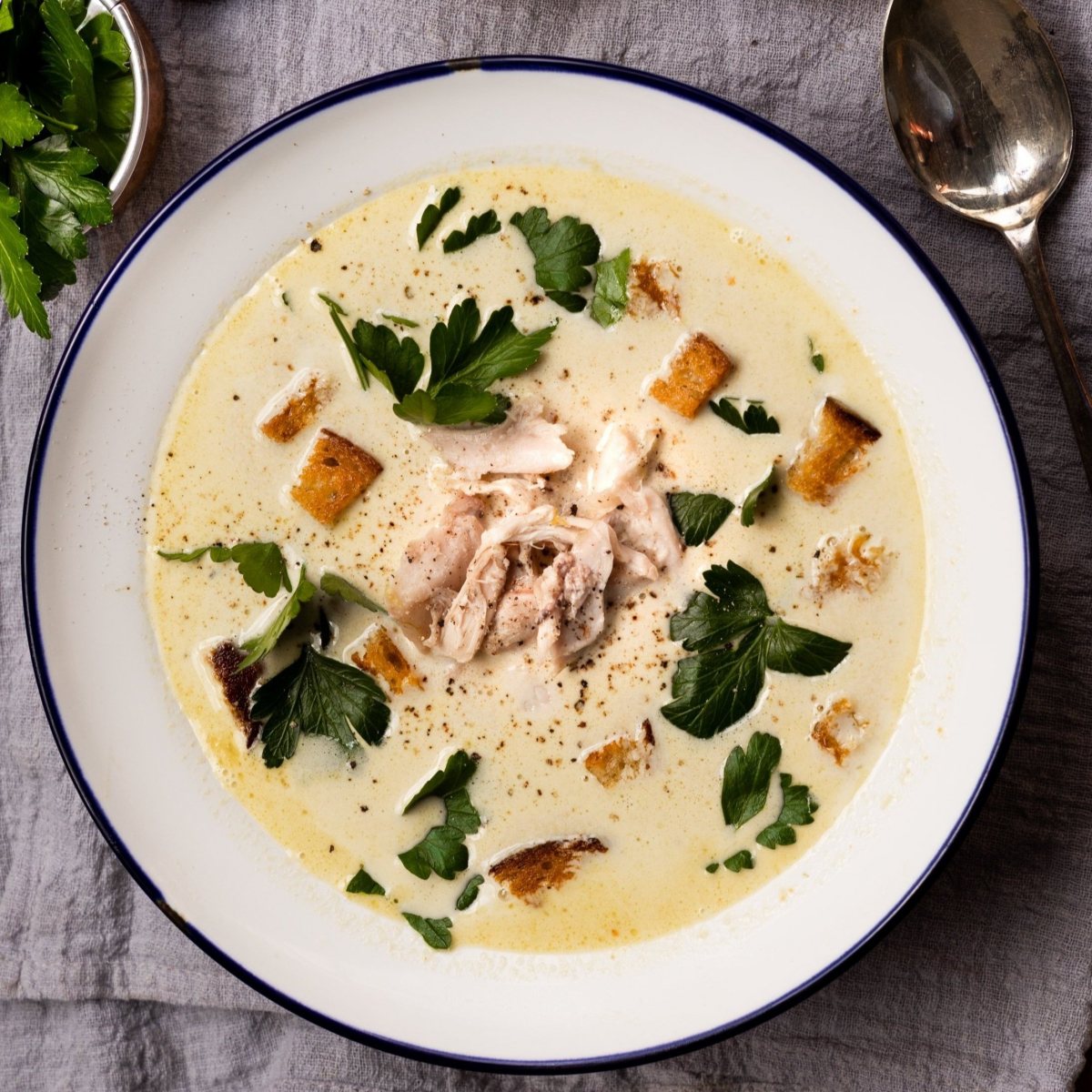
A brown stock (fond brun), on the other hand, is all about deep, roasted flavor. For this, you roast the bones and vegetables until they’re a deep, rich brown before simmering them. That roasting process creates a ton of new flavor compounds (hello, Maillard reaction!) and gives the stock a beautiful dark color. This is the powerhouse you want for a classic French Onion soup or hearty beef stews.
The magic is in the collagen. Bones, especially ones with lots of cartilage like chicken feet or veal knuckles, are packed with it. As they simmer for hours, that collagen breaks down into gelatin. Gelatin is what gives a great stock its body and amazing mouthfeel. The ultimate test? A properly made stock will set up like a soft jelly when you chill it. That’s how you know you nailed it.
A Quick Guide to Making Stock at Home
I get it, a 12-hour veal stock isn’t exactly practical on a Tuesday night. But you can make a fantastic, streamlined version at home. Here’s my basic formula:

- My Go-To Home Stock: For about a gallon of stock, grab one leftover roast chicken carcass or about 2-3 pounds of beef/veal bones. You can often get these super cheap from a local butcher. Pop them in a big pot (an 8-quart one is perfect) and cover them with cold water by about 2 inches.
- The Aromatics: Add a classic mirepoix—that’s a mix of roughly chopped aromatic veggies. The standard ratio is two parts onion to one part carrot and one part celery.
- The Simmer: Bring it slowly to a simmer. A key technique here is to skim off the foam and gunk that rises to the top during the first hour. This is crucial for a clear, clean-tasting stock. And whatever you do, DO NOT BOIL IT. A rolling boil will make your stock cloudy and greasy. You want the barest of simmers, with just a bubble or two breaking the surface every few seconds. A chicken stock needs 4-6 hours; a beef stock can go 8-12. A fish stock, or fumet, is way faster—only about 30 minutes, or it turns bitter.
Quick tip: If you’re using store-bought stock, you can seriously upgrade it. Look for low-sodium options where “chicken bones” or “veal bones” are high on the ingredient list, not just “flavorings.” I’m a big fan of pastes like Better Than Bouillon, which you can find in most grocery stores; they give you more control over the intensity. Simmer your store-bought stock for 30 minutes with a fresh mirepoix and a bouquet garni (a few parsley stems, a sprig of thyme, and a bay leaf tied together) to give it a huge flavor boost.
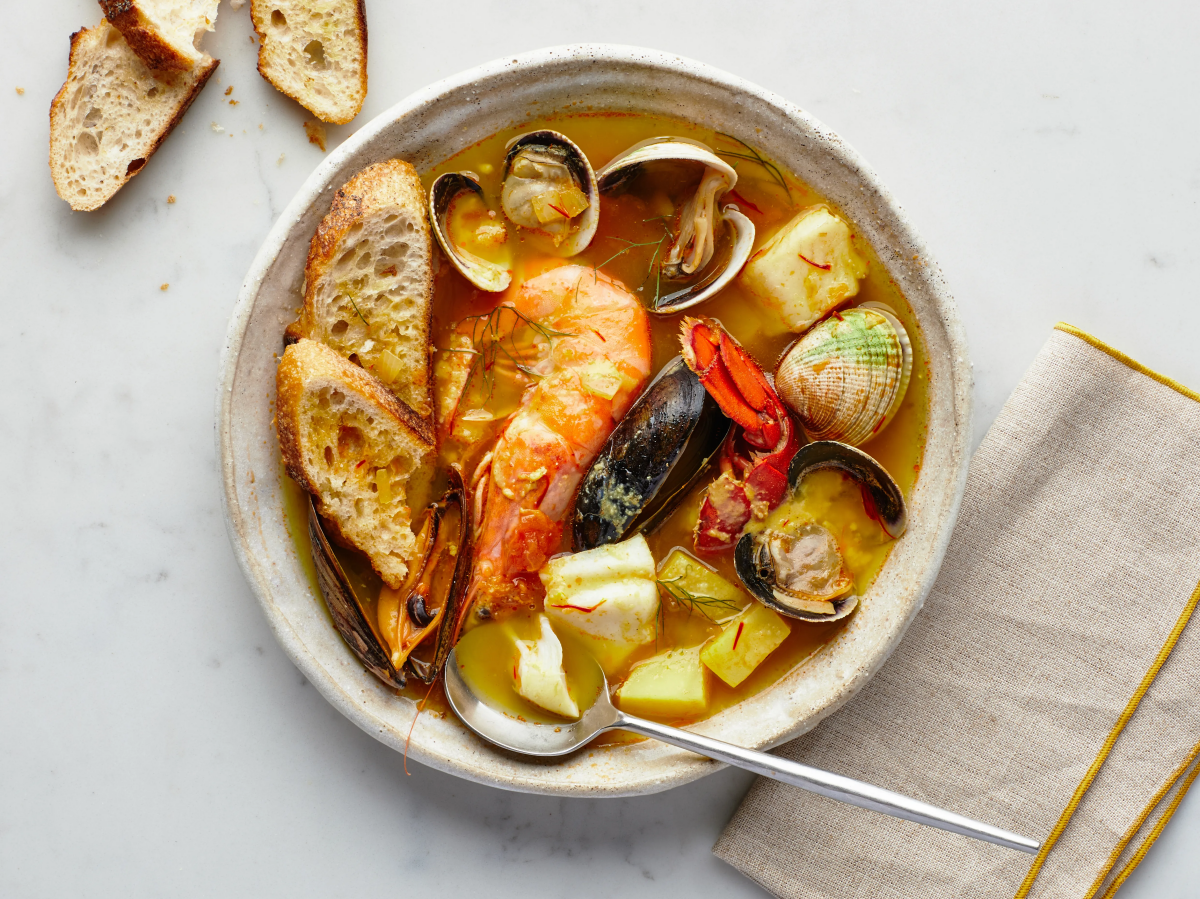
Soupe à l’Oignon Gratinée: An Exercise in Patience
This is probably the most famous French soup out there. It started as humble, restorative food for market workers and evolved into the bistro classic we know today. A perfect onion soup is a masterclass in one thing: patience.
I learned this the hard way. During my first week as an apprentice, I was put on onion duty. I got impatient and cranked up the heat to speed things along. The onions browned, sure, but they also burned in spots. The head chef had me taste it, then promptly dump the entire pot. The lesson: you cannot rush caramelization. It’s a slow, magical process where gentle heat breaks down the onions’ complex carbs into simple sugars, creating that incredibly deep, sweet, nutty flavor.
For a pot that serves 4-6 people, you’ll want to start with at least 4 huge yellow onions, thinly sliced. It will look like an insane amount, but they cook down to almost nothing. It takes at least 45 minutes, often a full hour, in a heavy-bottomed pot over low heat.
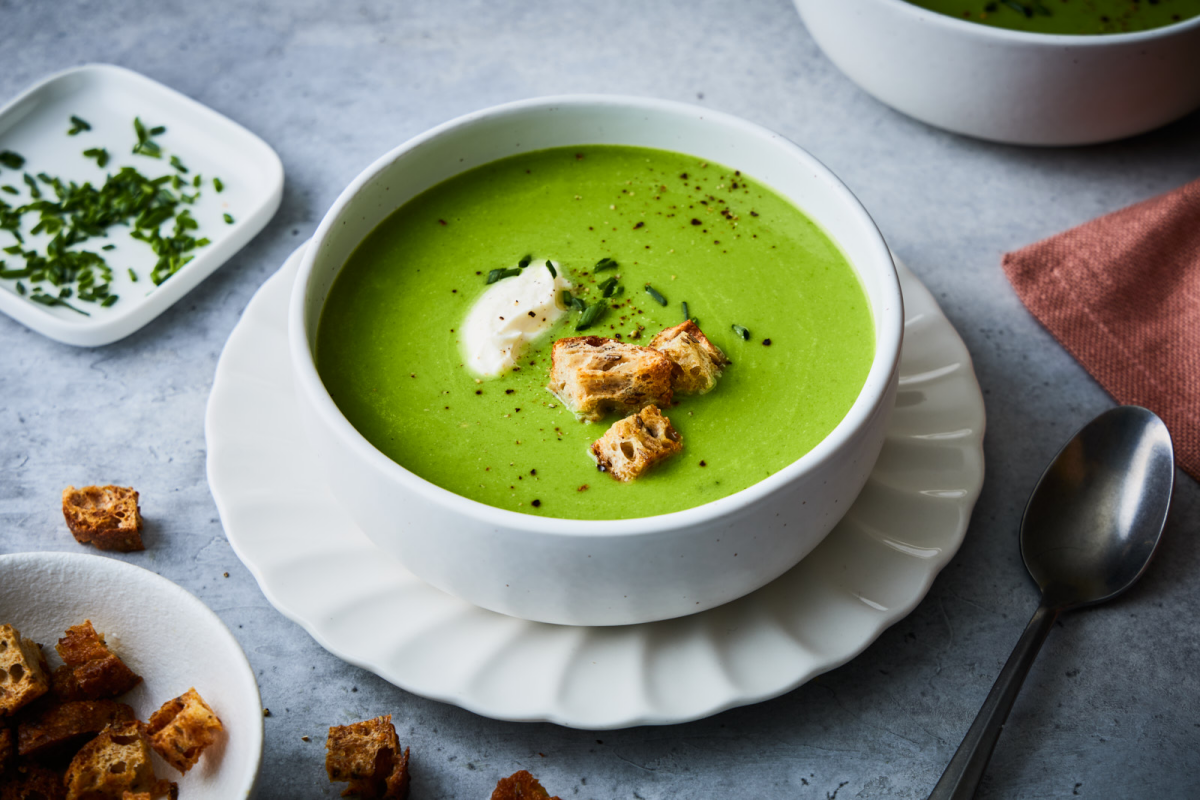
- The Before: After 15 minutes, the onions will be soft, translucent, and smell sharp.
- The After: After an hour, they will have collapsed into a dark, jammy, sweet-smelling paste. That’s when you know you’ve nailed it.
Once they’re perfect, you deglaze the pot with a splash of white wine or brandy to scrape up all those delicious browned bits from the bottom. Then, in goes your rich beef stock (about 2 quarts). For the topping, the bread should be a bit stale so it doesn’t turn to mush. The cheese is critical—you want a good melting cheese like Gruyère or Comté. Expect to shell out between $8 and $12 for a decent block from the deli section. It’s worth every single penny.
Heads up! Those ceramic bowls get screaming hot under the broiler. I’ve seen plenty of burns from them. Always use thick towels and warn your guests.
Bouillabaisse: The Taste of the Mediterranean
True Bouillabaisse isn’t just any fish soup; it’s a cultural emblem of the port city of Marseille. It’s so iconic that, years ago, a group of local chefs created a charter to define what makes it authentic. Traditionally, it requires at least four types of specific local rockfish, some of which are nearly impossible to find outside the Mediterranean.

But that doesn’t mean you can’t make a delicious, inspired version at home. The key is freshness. Use a mix of firm-fleshed white fish (like sea bass, cod, or red mullet) and some shellfish like mussels or clams. When you’re at the fish counter, look for fish with clear, bright eyes and firm flesh that springs back when you touch it. It should smell clean like the ocean, not overtly “fishy.”
The broth is a beautiful thing, perfumed with saffron, fennel, and tomato, giving it a signature reddish-orange hue. The serving is a bit of a ritual, too. The fragrant broth is served first, poured over garlic-rubbed toast. Then, the perfectly cooked fish is presented on a separate platter. This is all served with a side of rouille—a thick, garlicky saffron mayonnaise. You stir a spoonful into your hot broth, and it adds this incredible creamy richness and a final punch of flavor.
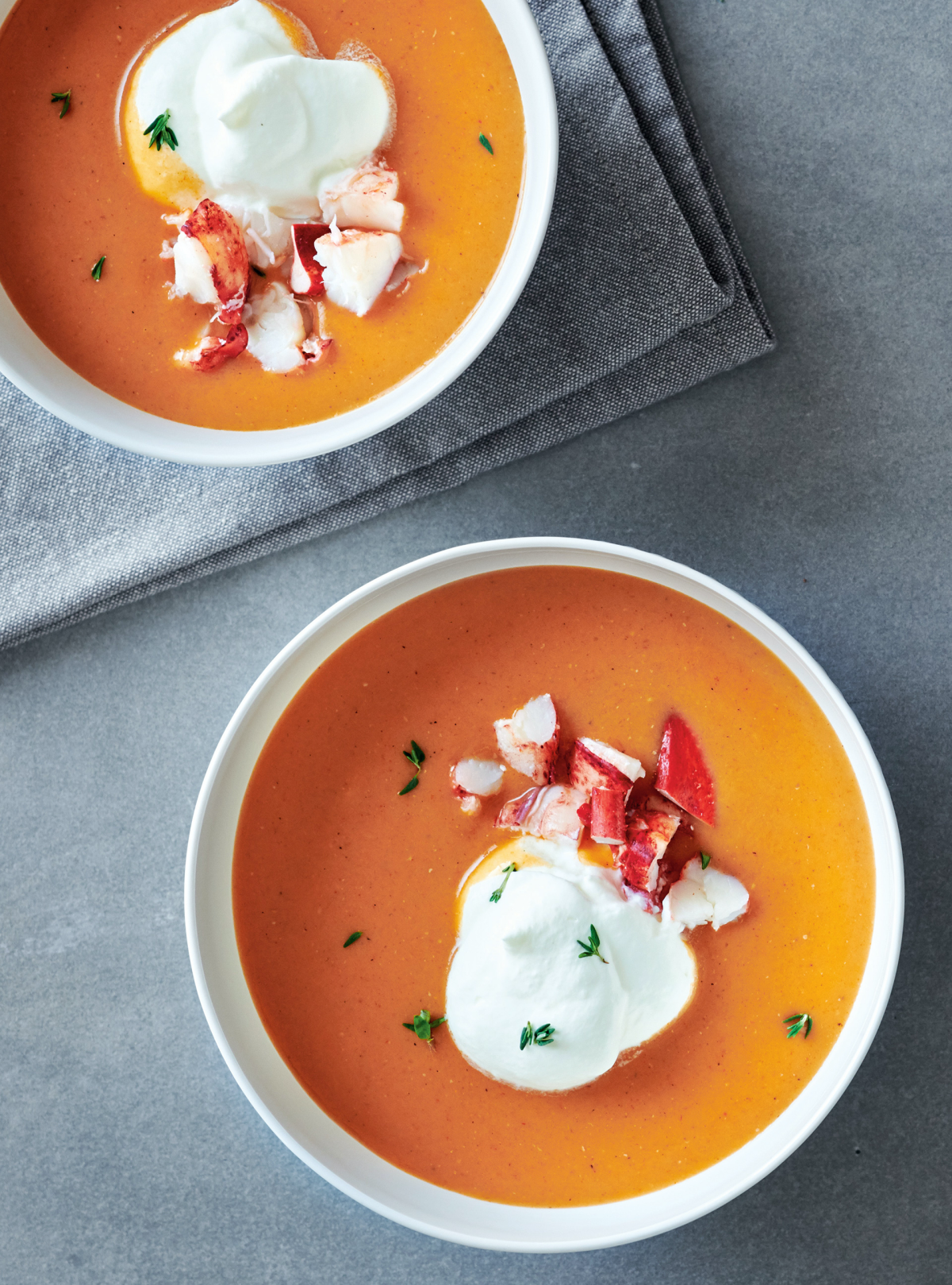
Vichyssoise: Elegance from Humble Beginnings
This soup is a perfect example of how the simplest ingredients can become something truly elegant. The origin story is that it was inspired by a basic leek and potato soup a chef’s mother used to make, which she would cool down with cold milk on hot summer days. The result is a silky, sophisticated soup served chilled.
The secret is in the texture. It’s absolutely vital to use only the white and light green parts of the leeks; the dark green tops are tough and will turn your soup a sad, murky color. You gently sweat the leeks and some onions in butter until they’re soft, but not browned. For the potatoes, a starchy variety like a Russet works best because it breaks down and helps thicken the soup naturally.
After simmering in chicken stock, the soup is puréed until it’s perfectly smooth. An immersion blender, which you can get for around $30-$50, is your best friend here and saves a ton of cleanup. To get that truly professional, velvety finish, you can pass it through a fine-mesh sieve. Finally, you stir in heavy cream off the heat. While it’s famous cold, it’s also delicious served hot (at which point it’s essentially called a Potage Parmentier).

Soupe au Pistou: A Burst of Provençal Sunshine
If you want a soup that tastes like a summer garden in the south of France, this is it. It’s a hearty vegetable soup, sort of like a French cousin to Italian minestrone, packed with seasonal veggies like green beans, zucchini, and fresh shell beans. It’s a full meal in a bowl.
But the real magic comes from the pistou. It’s a simple, uncooked sauce of fresh basil, garlic, and good olive oil pounded together. Unlike pesto, traditional pistou doesn’t have pine nuts. Here’s the key: the pistou is never cooked. A big dollop is stirred into the hot soup right before serving. This preserves the bright, pungent flavors of the raw garlic and fresh basil. It completely transforms the dish.
My Quick Pistou: You don’t even need a food processor. In a mortar and pestle, pound 2 big garlic cloves with a pinch of coarse salt until it’s a paste. Add about 2 packed cups of fresh basil leaves and grind them up. Slowly drizzle in about 1/2 cup of your best extra-virgin olive oil as you stir. That’s it. That’s the magic bullet.
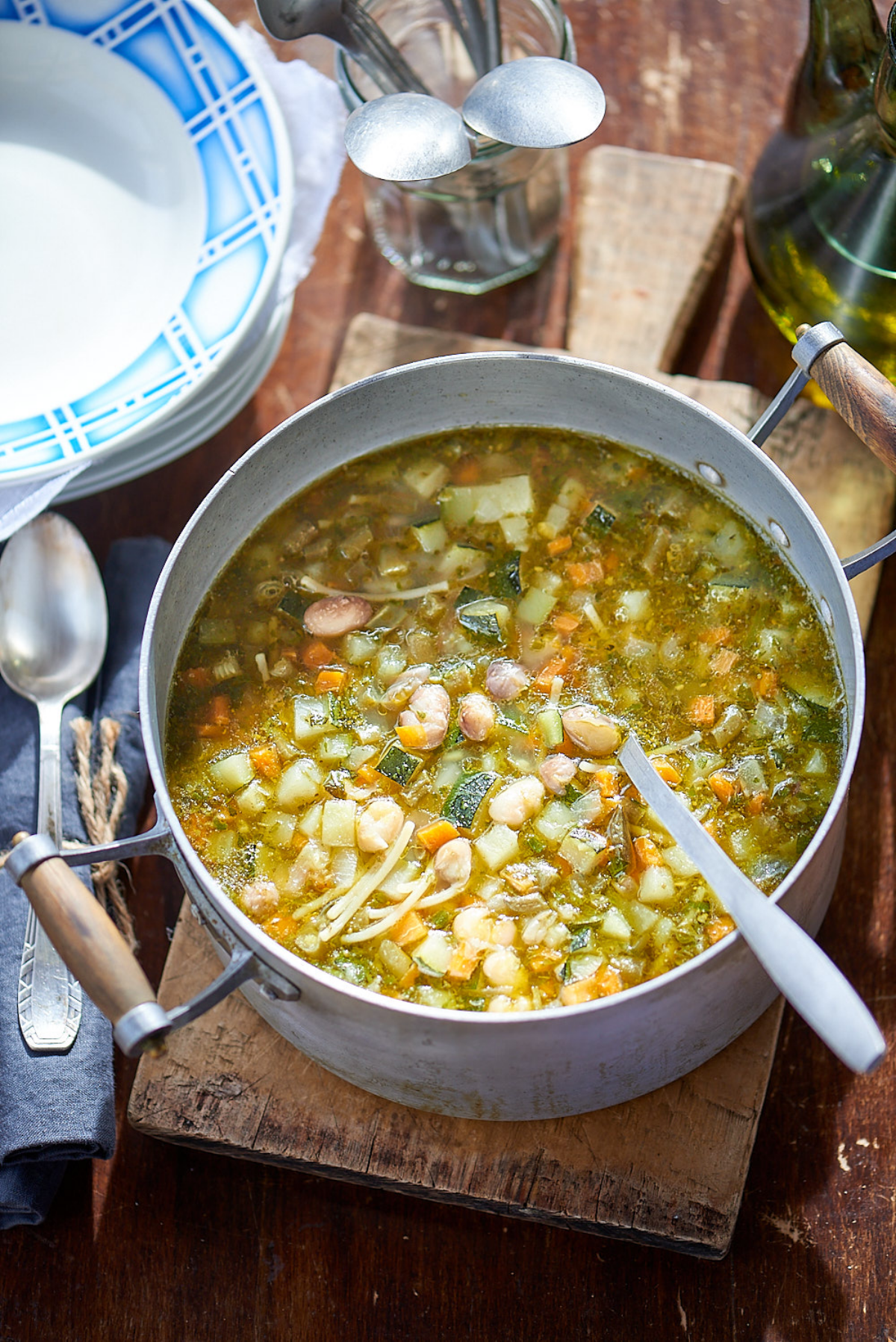
Troubleshooting a Bad Soup Day
Even in pro kitchens, things go wrong. Here are a few common problems and how to fix them:
- It tastes flat. Before you reach for more salt, try a splash of acidity. A little lemon juice or white wine vinegar can wake up all the flavors.
- My puréed soup is grainy. This usually means you either undercooked the vegetables or you boiled the soup after adding dairy, causing it to curdle. Your best bet is to try blending it again until it’s perfectly smooth.
- My onion soup is bitter. I’m sorry to say, there’s no fix for this. You burned the onions. You have to start over. It’s a tough lesson in patience, but a crucial one.
- It’s too thin! Easy fix. If your soup is watery (especially before adding cream), just let it simmer with the lid off for 15-20 minutes. This allows some of the water to evaporate, concentrating the flavor and thickening it up naturally.
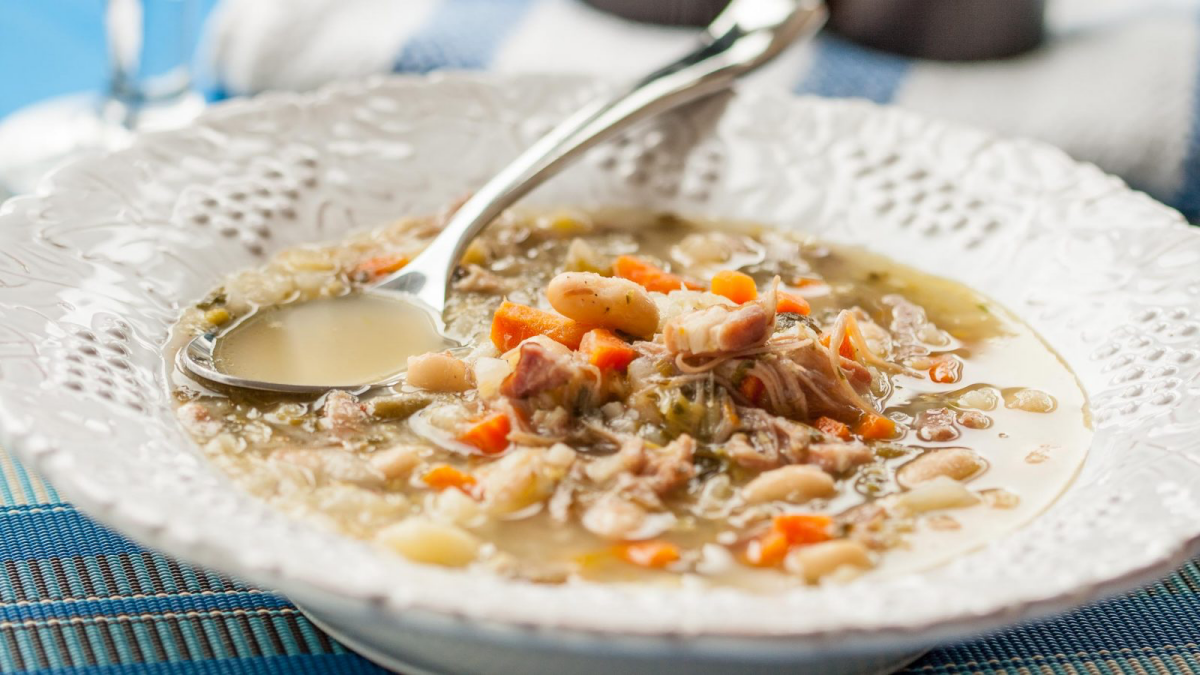
A Final Word on Tools and Safety
You don’t need a ton of fancy gear. A heavy pot, a sharp knife, and a good cutting board are your workhorses. But an immersion blender is a game-changer for puréed soups.
And please, be safe. Kitchens are full of hot and sharp things. But the biggest safety issue is cooling. Here’s a pro tip: you have to cool hot soup down FAST. The danger zone for bacterial growth is between room temperature and hot. The goal is to get the soup from piping hot to fridge-cold as quickly as possible. The best way to do this is with an ice bath: just place your pot of soup in a larger bowl or sink filled with ice and water, and stir until it’s cool. It’s an extra step, but it’s the right way to do it.
At the end of the day, these soups are more than just food. They’re stories about a place and its culture, and they teach techniques that will make you a better cook in everything you do. So pick one, master it, and taste as you go. Happy cooking!
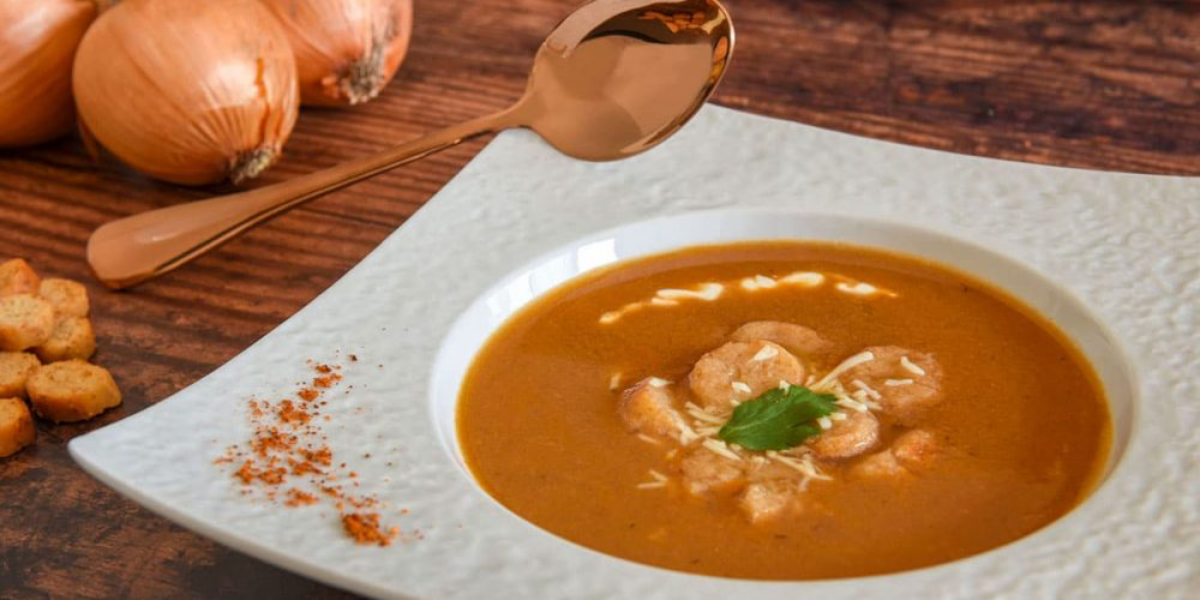
Galerie d’inspiration


The secret to a truly silky velouté?
While a good recipe is a start, the final texture often comes down to the tool. For that flawless, restaurant-quality smoothness in a cream of asparagus or mushroom soup, a high-powered stand blender like a Vitamix is non-negotiable. It pulverizes fibers into an incredibly fine emulsion. For a more rustic, home-style potage where a little texture is welcome, a classic immersion blender (the Swiss-made Bamix is an icon in European kitchens) offers convenience and control, letting you blend right in the pot.
In French cuisine, a garnish is rarely just a garnish; it’s an integral component of the dish.
Think beyond a simple parsley sprig. The final touch can define the soup. For an authentic experience:
- Rouille: A spicy, saffron-hued garlic mayonnaise emulsified with olive oil, traditionally spread on toasted baguette slices and floated on soupe de poisson.
- Pistou: Not quite pesto, this Provençal sauce of basil, garlic, and olive oil is stirred into vegetable soup right before serving for a burst of freshness.
- Croutons & Cheese: For French Onion Soup, the crouton isn’t just a topping; it’s a large raft of toasted baguette that absorbs the broth, capped with melted Gruyère or Comté cheese.










